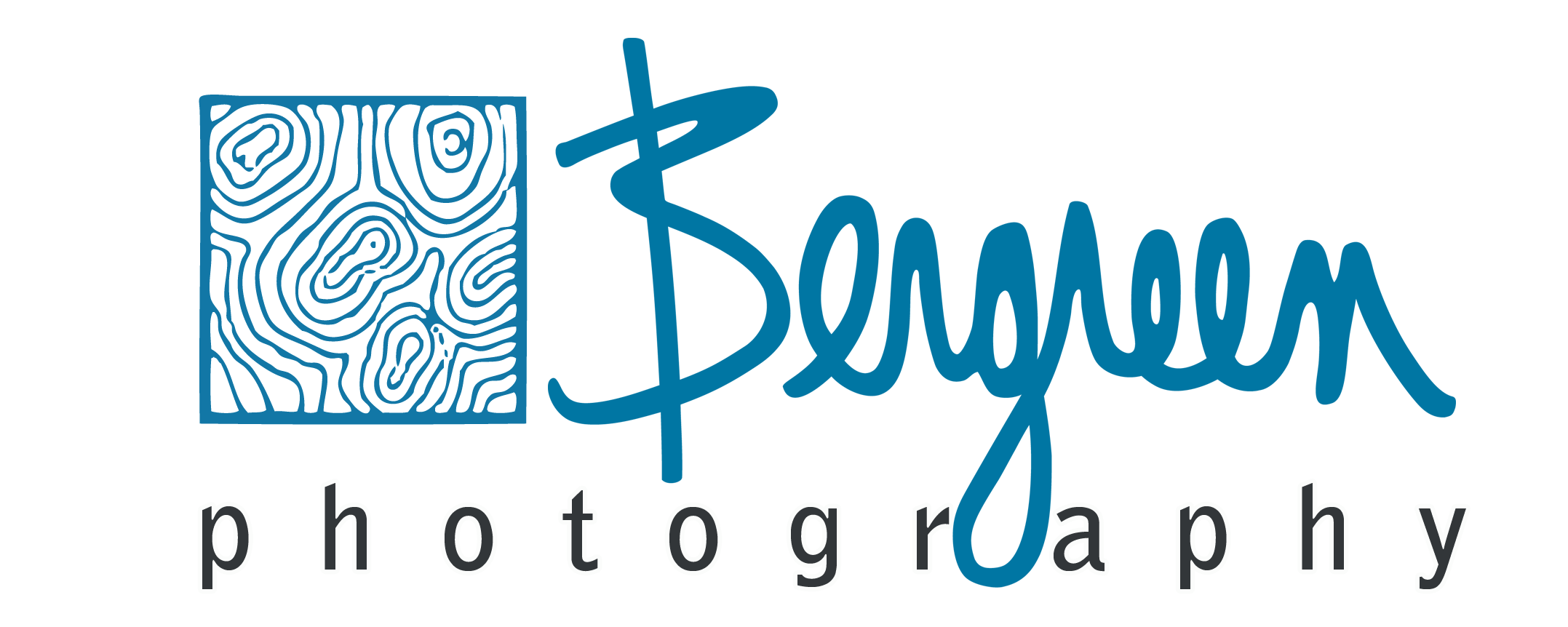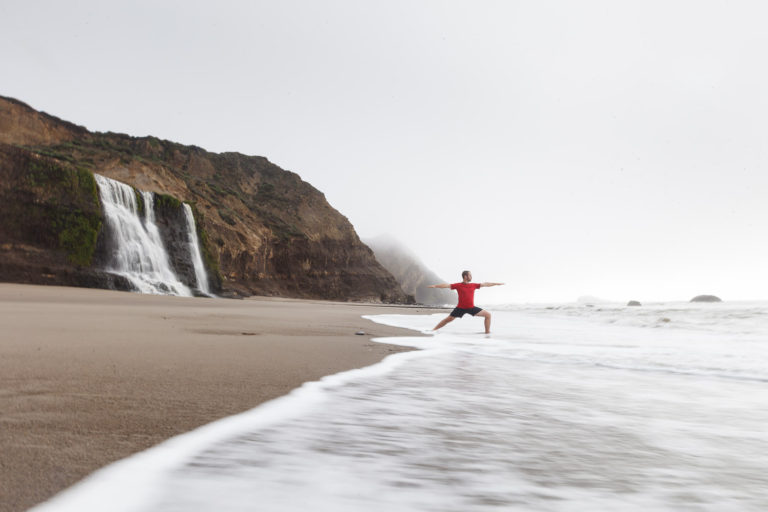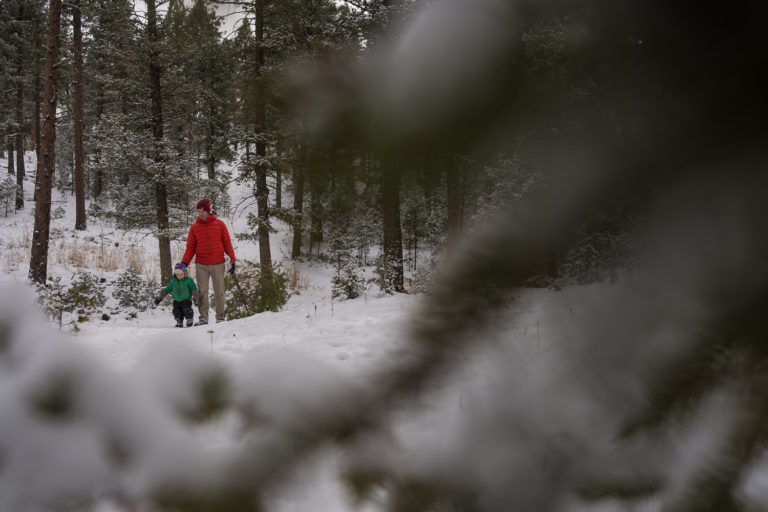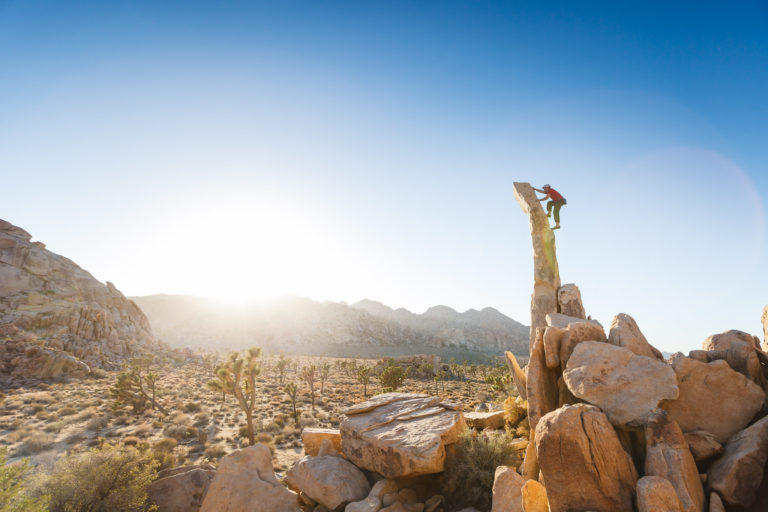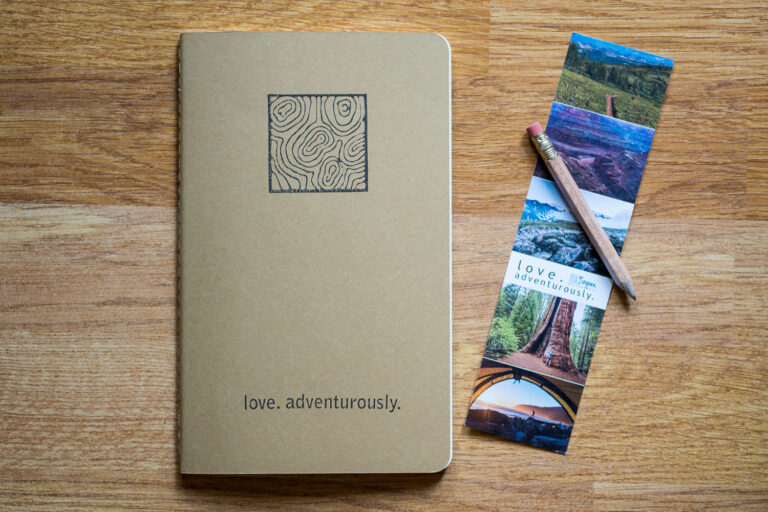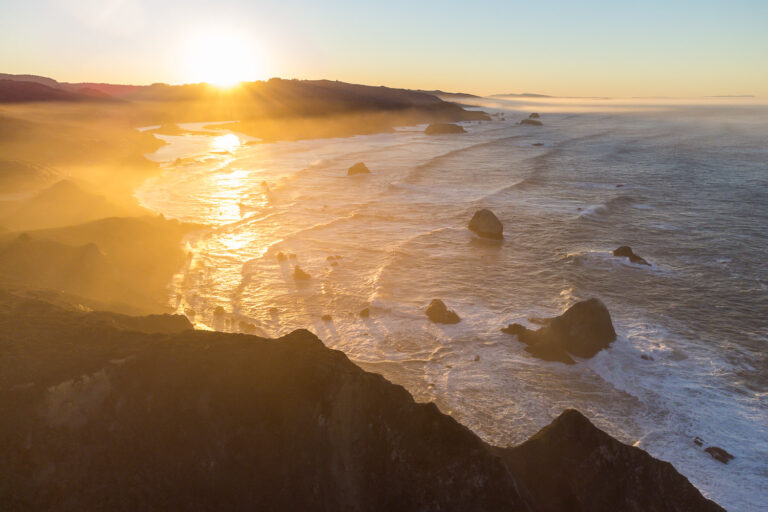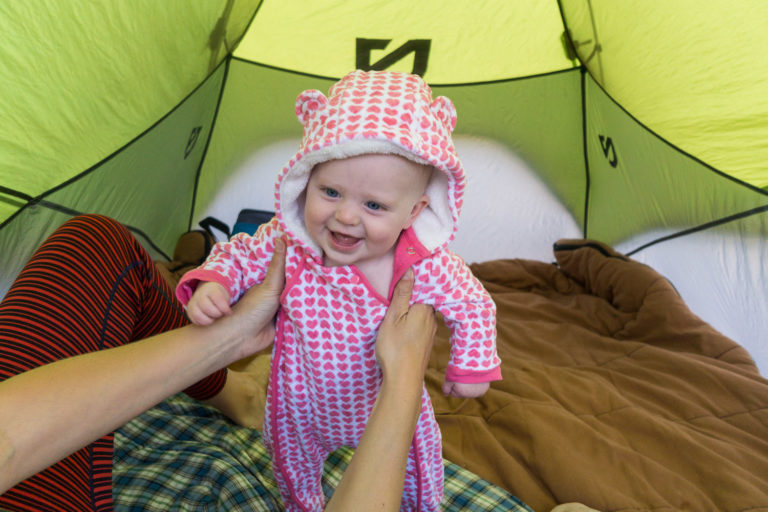Adventure, Creativity, and Divergent Thinking

Openness to experiences is a personality trait that is correlated to creativity and divergent thinking. Essentially that means that the more you’re willing to try new experiences and go on adventures, the more you’ll be able to practice creative thinking. Let’s talk about the reasons why.
The more open we are to try something new, the more likely we are to create something new. Openness to experience is similar to a growth mindset, being willing to expand the mind. Experiences and adventures expand our knowledge of the world. The more we get out of our comfort zone, the more comfortable we are out there where new ideas float around waiting for us to shape them.
Your creative potential is limitless as long as you develop a learning mindset, a growth mindset, or a limitless mindset. Even if you don’t currently believe adventure is your thing, you can choose to open your mind to it and the divergent thinking it might inspire. Let’s explore and find out the how.
How Adventure Leads to Divergent Thinking and Creativity
Let’s talk about how adventure can stimulate divergent thinking and lead to creative ideas. If you’re an adventurous person you likely respect multiple perspectives because there are so many things outside our control. When we don’t know what lies ahead on the path, we’re less likely to be attached to one correct answer and rather look for multiple answers in a free-flowing manner.
Let me pause for a moment and introduce myself. I’m a professional photographer and an avid adventurer with over a decade of experience working in this risky world of entrepreneurship where my day job is creativity. I also rock-climb, backcountry ski, mountain bike, and engage in a variety of other adventures.
I am not fearless. I’m fairly cautious and risk-averse but the more I study creativity and strive to be more creative, the more I know that fear and failure are lessons. With that in mind, let’s talk about why I think you should seek to be a divergent thinker.
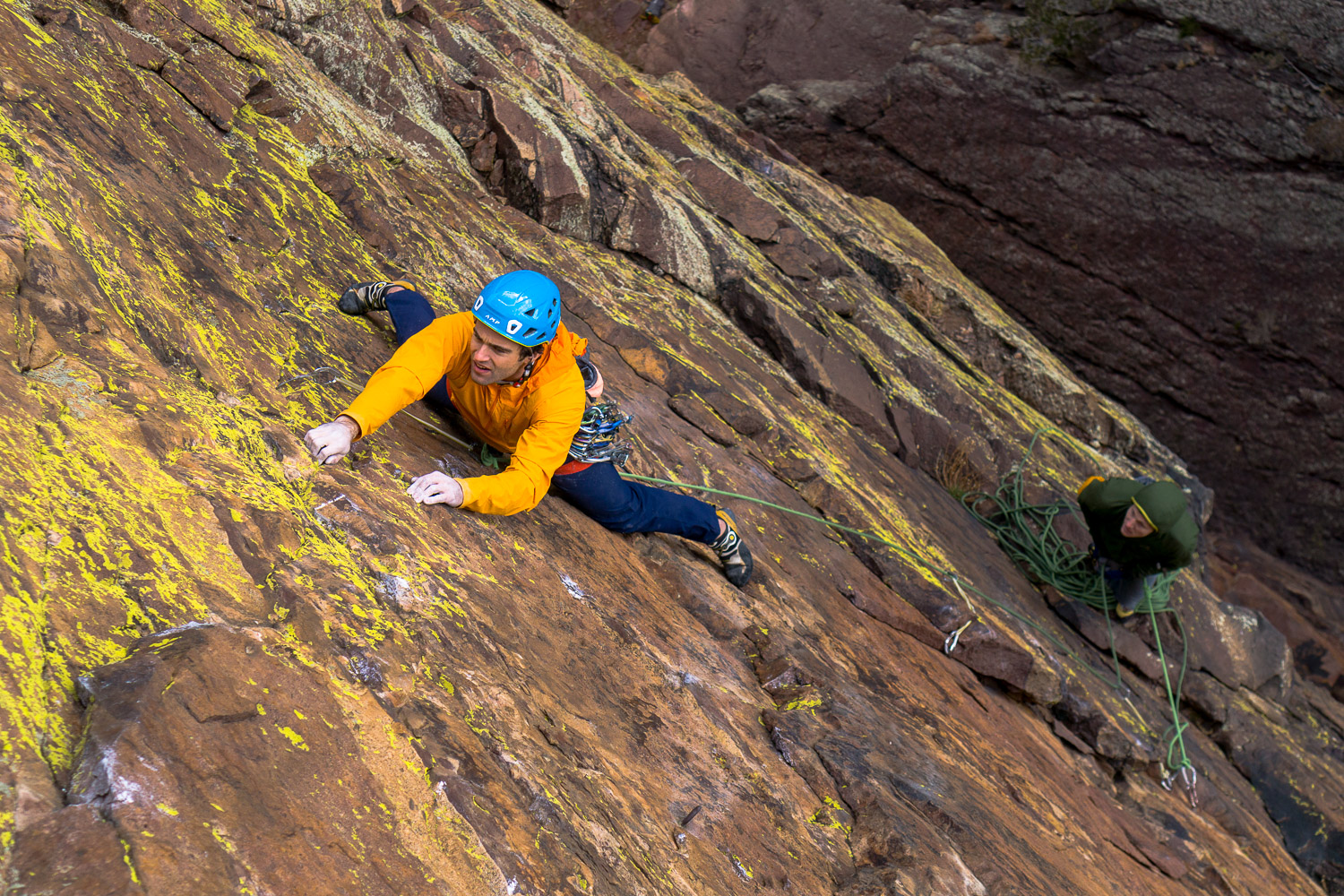
What is thinking divergently?
Divergent thinking or lateral thinking is free-flowing, non-linear, unrestricted thinking that allows one to come up with multiple solutions or ideas. In contrast, convergent thinking is focused on coming up with one solution. Think of divergent thinking as following multiple trains of thought to a variety of possible destinations and convergent thinking as all trains lead to one destination.
Convergent thinking is not a bad thing. It is logical and rational thinking requires it. However, if our goal is creativity you can see how divergent thinking becomes our aim.
Divergent thinking is the type of thinking that leads to many possible solutions to a problem. Divergent thinkers know that there is more than one way to get to an answer or that there may even be more than one answer. Divergent thinking leads to more creative problem-solving because it encourages you to generate ideas.
Lessons from Adventure
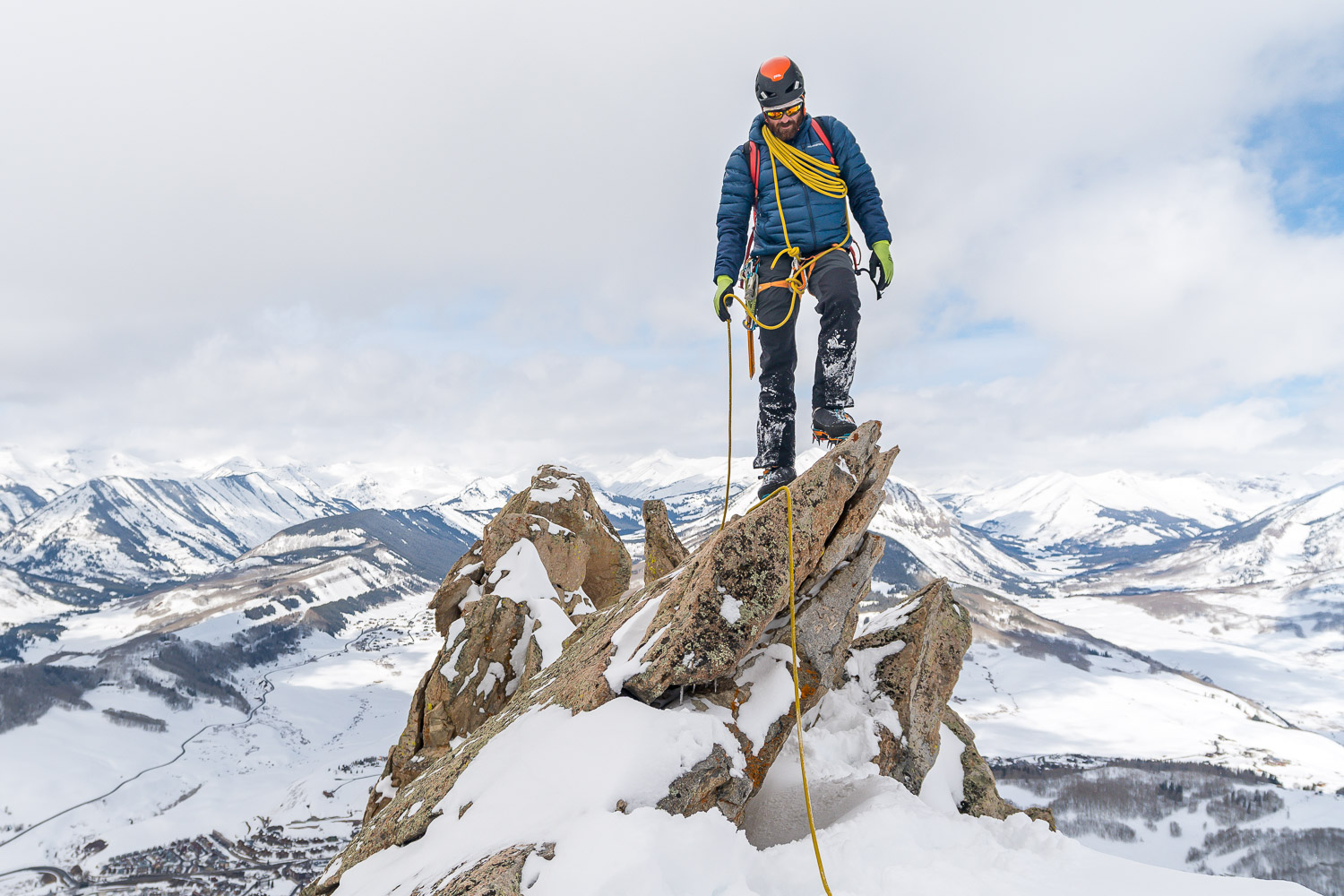
Adventure is about exploring the unknown. It can be exciting and hazardous and is generally outside of normal activity. Adventure by definition is going to require flexibility because there’s only so much you can prepare for.
As I mentioned above, I’m fairly risk-averse. I don’t like getting hurt. However, every time that I’ve gone and done something I wasn’t sure I was capable of, I’ve learned something new about life and myself. The moment I’m done climbing a mountain, I’m excited and inspired to start looking for the next one.
Let’s talk about how and why adventure can stimulate divergent thinking. As you can imagine, for convergent thinking tasks, thinkers who felt risk-averse would logically choose to avoid risk. Why then, am I telling you to take it on?
Learning from Fear
Adventures can be hazardous. Risk is a part of most adventures even if that can occur at many different levels of risk. Typically when you’re taking on a risk, you’re feeling an exposure to danger which can illicit fear.
Fear is an incredible teacher if we allow it to be. Sometimes our instinct is to avoid fear, avoid risk, and therefore avoid adventure. What if instead, we see what there is to be learned from fear? What if we redefine fear as excitement or the opportunity to see what’s going to happen?
Creativity is similar to adventure in the potential risk of failure. Failure is part of creativity. If we’re unwilling to fail we’ll be unwilling to try something new because of the risk that it won’t work.
Rerouting and Finding Another Path
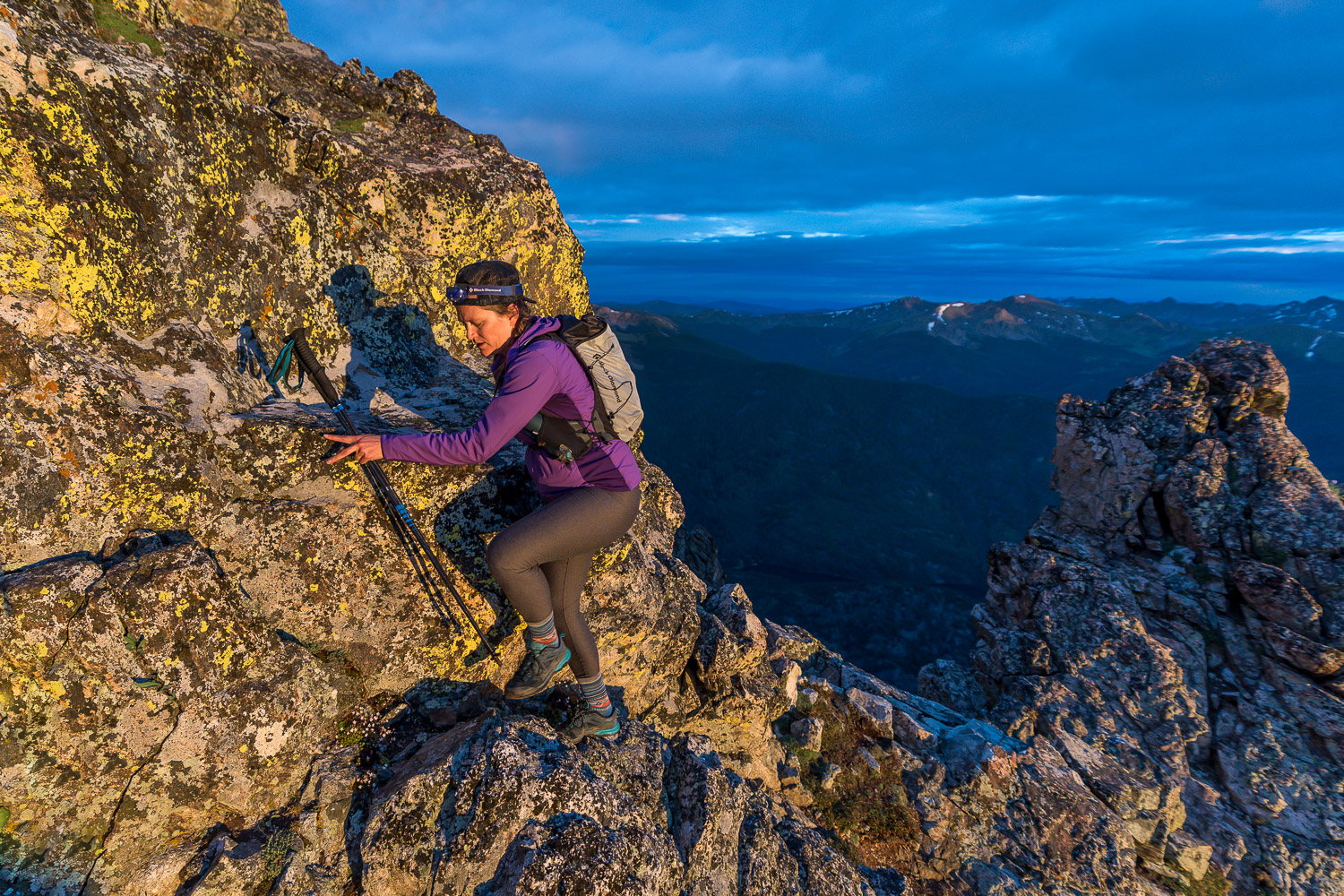
Adventure is unpredictable. We might encounter unexpected weather or obstacles in our way. You can see how convergent thinking might not work that well if an adventure blocks the path to the one solution we thought was the only solution. It’s in those moments that we have to be willing to look for other ways around and other possible solutions.
Think about how we solve problems. If our thought process is logical it will lead us to one solution. While that solution may be awesome and perfect sometimes, what happens when it’s not? That’s when we need new ideas, creative thinking, and divergent thinking.
That’s when we need people who can come up with many ideas, unique ideas, and fresh ideas. Innovative solutions aren’t generally logical. Innovative solutions usually come from the necessity of more ideas because the best idea doesn’t always work.
Dealing with the Unexpected
Openness to experiences means that you’re ready and willing to handle the unexpected. While we plan for adventures we can’t always predict how things will go. It’s in those moments when unexpected things happen that we have the opportunity to grow.
I’m not saying you have to be good at dealing with the unexpected. It’s something I’m fairly unsuccessful at. I get stressed when the plan goes wrong and things get out of control.
However, I always appreciate the lesson. I learned what I need to do better next time or even how to be better at planning and preparing. The next time that unexpected thing happens, it’s not unexpected anymore.
Preparing for the Controllable
Even though I’m talking about adventure as though there’s nothing we can control, that’s not exactly true. Just like we can have a rain jacket in case of inclement weather, we can set ourselves up for success. This is a great way to use both convergent and divergent thinking together.
We can use convergent thinking to help us come up with a logical plan and divergent thinking to deal with any unexpected deviations from that plan. Creative problem-solving is easier when we have a working knowledge of the potential risks and pitfalls of our situation. As I mentioned above when talking about dealing with the unexpected, we can get better at preparing.
The more experiences we have the more exposure we have to all the craziness of life. Can you see how that could make us divergent thinkers? Can you see how that would lead us to be better at finding many solutions to a problem?
Getting Better Every Time
Every time you go on an adventure, you get better at it. That doesn’t mean the adventures go better, because that’s not something we can always control. Instead, we get better at handling the ups, downs, and sharp right turns.
In the beginning of this article, I mentioned that I don’t always love risks. However, I’m at the point now where I don’t view certain things as risky anymore. Now, I almost see not taking risks as the greatest risk of all.
The first time you rock climb it’s hard and awkward and scary. Your body and mind don’t know what to do. But after over a decade of climbing it feels natural and comfortable.
Flexibility and Creativity
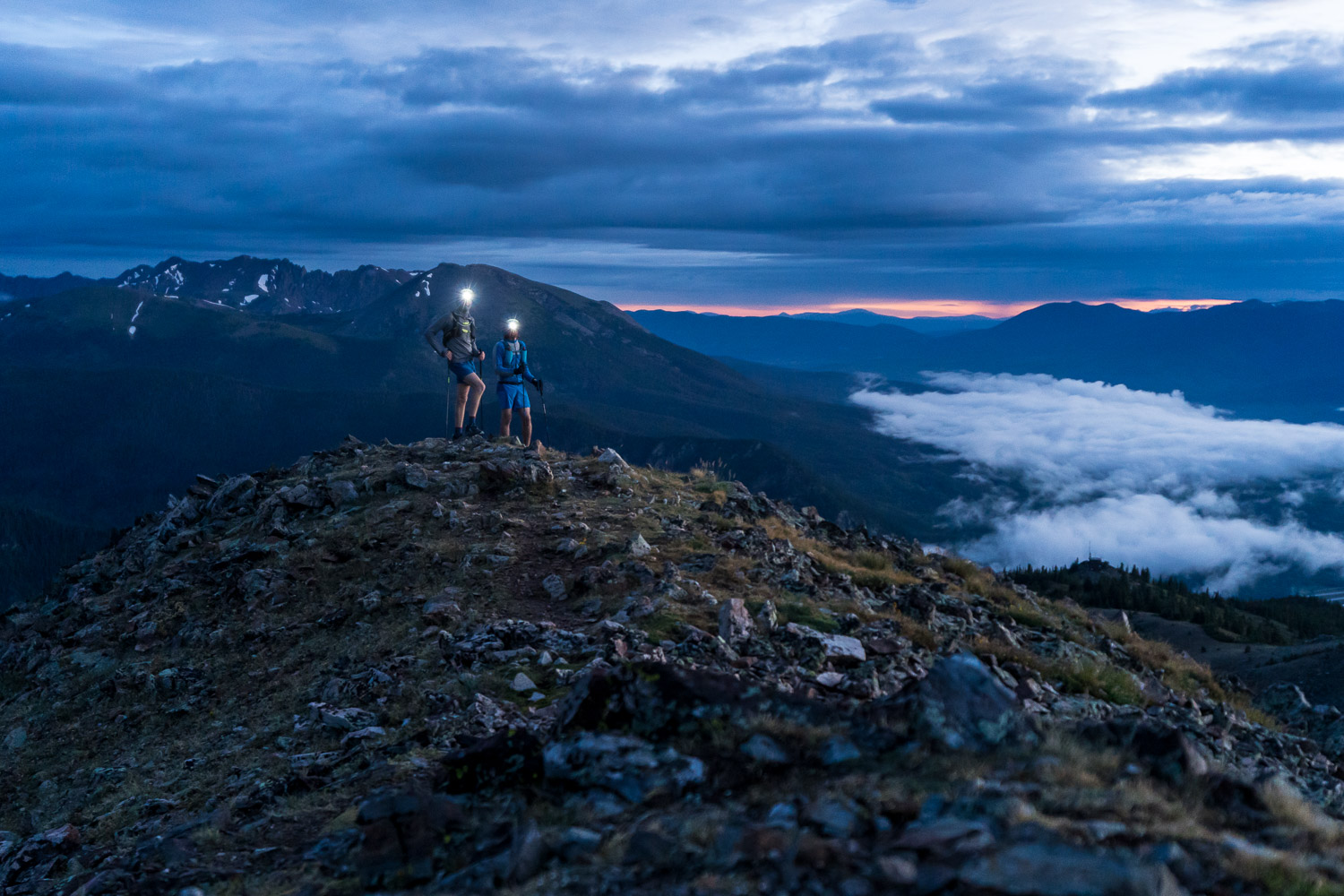
So we’ve talked about adventure and the lessons we can learn about creativity. Let’s dive deeper into how being more flexible and open to adventure can help us. Think of the most stubborn and opinionated person that you know.
Often inflexible people are unwilling to try something new because they believe they have the answers. How sad would it be if you were unwilling to try a burger from a famous chef because you were convinced that there’s no way anyone could beat your recipe? In contrast, think of the people who would take that experience to improve on their recipe.
Flexibility allows us to be open to a new idea. It allows ideas to flow freely which is the only way to come up with a unique solution. Inflexibility leaves us stuck and puts a wall between us and innovation.
Constraints and Design
Just because I’m obsessed with creativity doesn’t mean I don’t love constraints. Constraints are a brilliant way to help you focus and be more creative. It’s actually like combining convergent and divergent thinking.
With the combination of convergent and divergent thinking, we can use exploration and adventure to help us come up with many possible solutions. Then, we can use logic and constraints to select the best one. Because sometimes we do want one answer, otherwise we’ll never finish any creative project.
In photography sometimes we challenge ourselves to use only one focal length to create an image. While we could get even more creative by using all of our lenses, sometimes limiting ourselves can deepen and focus our creativity to be more aligned with our goals. More ideas aren’t always better but more of the right ideas usually are.
Support Strange and Unusual Ideas
If you want to inspire more creativity, we need to support the strange and usual ideas. We don’t need to act on them or invest money in them. That may be the very wrong thing to do, the wrong risk to take.
There are such things as bad ideas. But bad ideas are often the gateway to brilliant ones. Sometimes a bad idea is the spark of inspiration and opens the door to the creative process. Divergent thinkers need to be supported throughout their creative process even if many of their creative ideas aren’t any good.
Ask yourself if you’re willing to hear ten bad ideas to find the best idea. I’m not saying you have to do those bad ideas, I’m just saying you have to be willing to hear them. And I’ll go one step further and say you have to be willing to support and encourage them in yourself, your friends, your employees, whomever.
Summary of Adventurous Divergent Thinkers

I hope this post gave you a better understanding of divergent and convergent thinking and how they impact creativity. But more importantly, I hope that this article poked a small openness in your willingness to be open to new experiences. Whether you currently consider yourself a convergent thinker or divergent thinker, I hope you believe me when I tell you that you can grow.
My challenge for you is to try one new adventure. Say yes to one new experience. And then pay attention to what you learn about yourself and life.
Even if you’re already a fairly adventurous person, what is one area of your life that you tend to be fairly stubborn and inflexible around? What if you attempt to expand your knowledge of that area and consider that there are other possible ideas, other solutions to problems, or creative ways to do things the way you’ve always done them? And don’t forget to reach out and let me know how it goes.
about the author
I am Brenda Bergreen, one half of a husband and wife photography team specializing in Colorado wedding photography and videography as well as adventure photography. If you need someone to encourage your creativity, I’m here. (*Links to stuff I like may include affiliate links.)
Download our free guide on how to build a creative business and a life you love. Don’t hesitate to contact us and let us know how we can help!
Looking for more posts on creativity, check out:
In the meantime, remember to…

